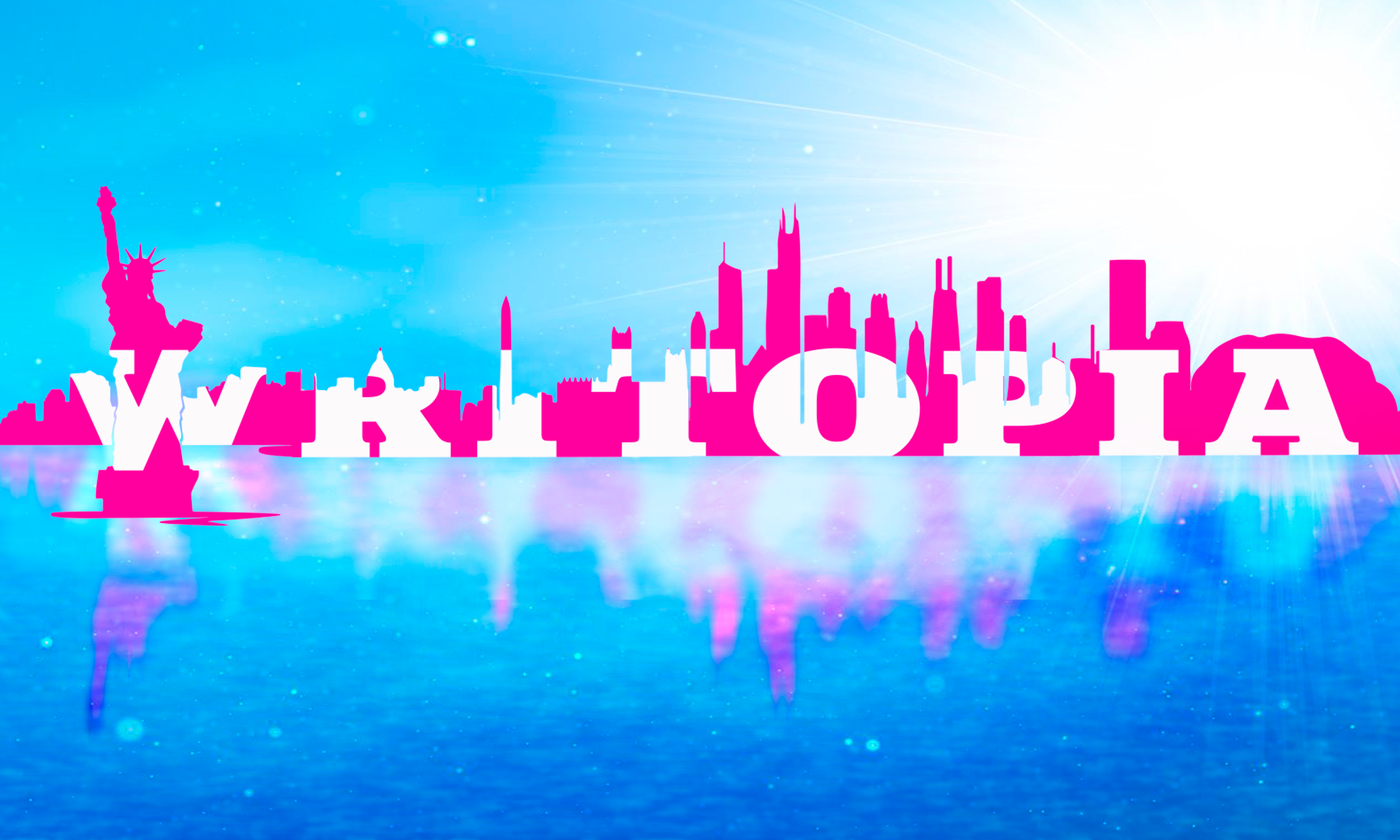In the era of Trump’s disdain for the humanities and Secretary of Education Betsy Devos’s unnerving tenure, educators are forced to defend the efficacy of the humanities, while finding new spaces and educational models for the humanities to thrive. Literacy education in America has been compartmentalized into two categories: uniform writing composition instruction or the untethered and elite world of the creative writing workshop. But can creative writing, the workshop as space and pedagogy be integrated into writing composition classrooms en masse? The mythical dichotomies between composition and creative writing are not serving either teachers nor students or the future of literacy in America. The respective pedagogical approaches to teaching each genre and form must be re-examined.
In 2007, an energetic and brazen new teacher entered my 7th grade ELA classroom on the Upper West Side. The agenda was grammar and composition, subject matters that were closely intertwined with my shame for my mother’s accented English and my self-consciousness of possessing a second rate tongue. Despite receiving extra reading and vocabulary lessons provided to me by the privilege of attending a private school in Manhattan — Grammar and composition were familiar foes. And this ELA teacher was no different, as I proceeded to disrupt the whole composition class with audible yawns and comments interspersed between the rigidity of the rules of a language that I was trying on. However, this teacher was not having it. As a first generation immigrant from the Soviet Union with a lucky scholarship and a blunt attitude, this teacher saw a story waiting to be told and written not just a pupil or tongue waiting to be put into submission. Rebecca Wallace-Segall pulled me aside and encouraged me to write a memoir based on my family’s immigration journey. A year later I had won recognition for my writing from the Scholastic Art and Writing Awards and found a sense of self and empowerment through language. As for Rebecca, she had left the classroom to embark on a journey based on a wild notion: to offer literacy through creative writing and the creative writing workshop to kids all across America. Continue reading “Bridging Creative and Essay Writing for Literacy by Milana Meytes, Essay Writing Curriculum Developer”








